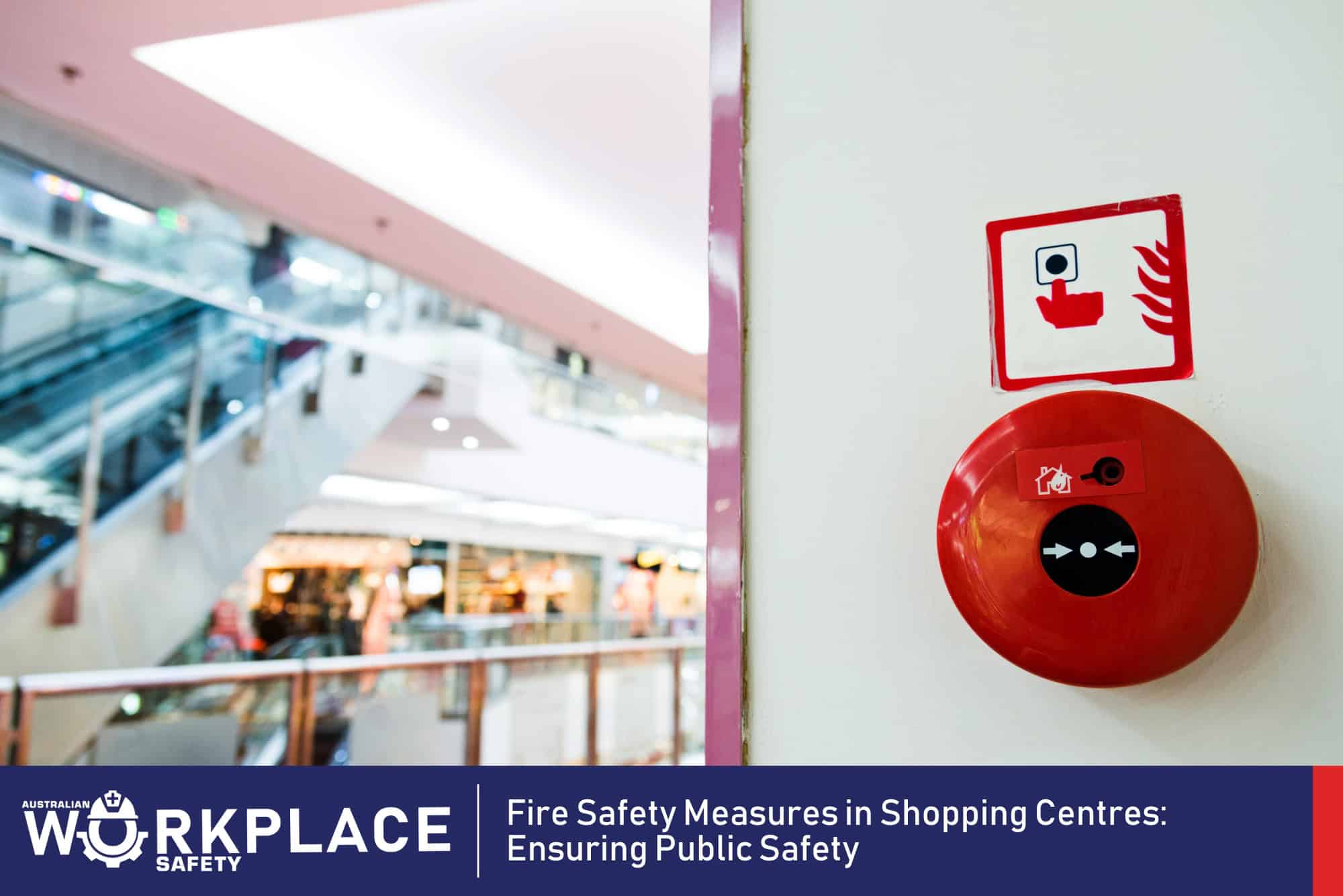Leadership’s Role in Combatting Bullying and Harassment
In today’s rapidly evolving work landscape, the significance of fostering a workplace culture rooted in respect and dignity cannot be overstated. Workers spend a significant portion of their lives at work, and it is imperative that they feel safe, supported, and empowered. As a safety professional, I strongly believe that leadership commitment plays a pivotal role in creating a positive and inclusive work environment. This blog post outlines the responsibilities of leaders in addressing bullying and harassment, and how their commitment can drive meaningful change.
Setting the Stage
Before delving into the specifics, it is essential to acknowledge the detrimental impact of bullying and harassment on individuals and workplaces. Beyond the immediate emotional and psychological toll it takes on victims, it hampers productivity, erodes trust, and undermines worker engagement. Leaders must recognise that preventing and addressing these issues is not just a moral imperative but also a strategic business imperative.

Lead by Example
Leaders must take a definitive stand against bullying and harassment by establishing clear and comprehensive zero-tolerance policies. These policies should explicitly define what constitutes unacceptable behaviour, outline reporting mechanisms, and assure workers of protection against retaliation. Communicating and enforcing these policies consistently demonstrates leadership’s commitment to a safe and respectful workplace for all. Leaders should involve workers in the development and revision of these policies to ensure they are reflective of the workplace’s values and meet the needs of the workforce.
Invest in Education and Training
To combat bullying and harassment effectively, leaders must invest in education and training programs that raise awareness, provide practical tools, and promote empathy. Such initiatives should be mandatory for all workers, including leaders themselves, to ensure a shared understanding of respectful behaviour. Training should cover topics such as recognising signs of bullying and harassment, bystander intervention, effective communication, and conflict resolution. By equipping individuals with the knowledge and skills to recognise and address inappropriate conduct, leaders empower their teams to actively contribute to a culture of respect and dignity.

Promote Open Communication Channels
Leaders must create an environment where workers feel safe to report incidents of bullying and harassment without fear of repercussions. Establishing multiple channels for reporting, such as anonymous reporting systems or designated individuals trained in handling such cases, encourages transparency and supports victims in seeking the help they need. Leaders must actively listen to and investigate reports, taking swift and appropriate action to address the issue. Communication channels should also include regular check-ins and surveys to gauge worker sentiment and identify potential areas of concern.
Foster Collaboration and Support Networks
Encouraging collaboration and fostering support networks within the workplace can help combat bullying and harassment. Leaders should promote teamwork, emphasise the value of diverse perspectives, and discourage any form of exclusionary behaviour. By nurturing a sense of belonging and connectedness, leaders can mitigate the risk of bullying and create an environment where everyone feels respected and valued. Worker resource groups, mentorship programs, and social activities can further foster positive relationships and strengthen the bonds among team members.
Accountability and Follow-through
Leaders must hold individuals accountable for their actions by swiftly addressing and appropriately disciplining those found guilty of bullying or harassment. By consistently demonstrating that such behaviour will not be tolerated, leaders reinforce their commitment to a culture of respect and dignity. Regularly reviewing and assessing the effectiveness of policies and initiatives, and making necessary adjustments, ensures that the workplace continues to evolve and improve. Transparency in the disciplinary process and providing feedback to all parties involved also promote trust and confidence in the system.

Conclusion
Leadership commitment is the linchpin for transforming workplace culture and eradicating bullying and harassment. By leading by example, establishing clear policies, investing in education, promoting open communication, fostering collaboration, and ensuring accountability, leaders can create an environment where every worker feels safe, respected, and able to thrive. It is imperative to collaborate as leaders to create and environment of respect and dignity, and build workplaces that truly reflect the values of the workplace. Through a collective effort, reshape the landscape of work and increase moral in a productive workplace.





